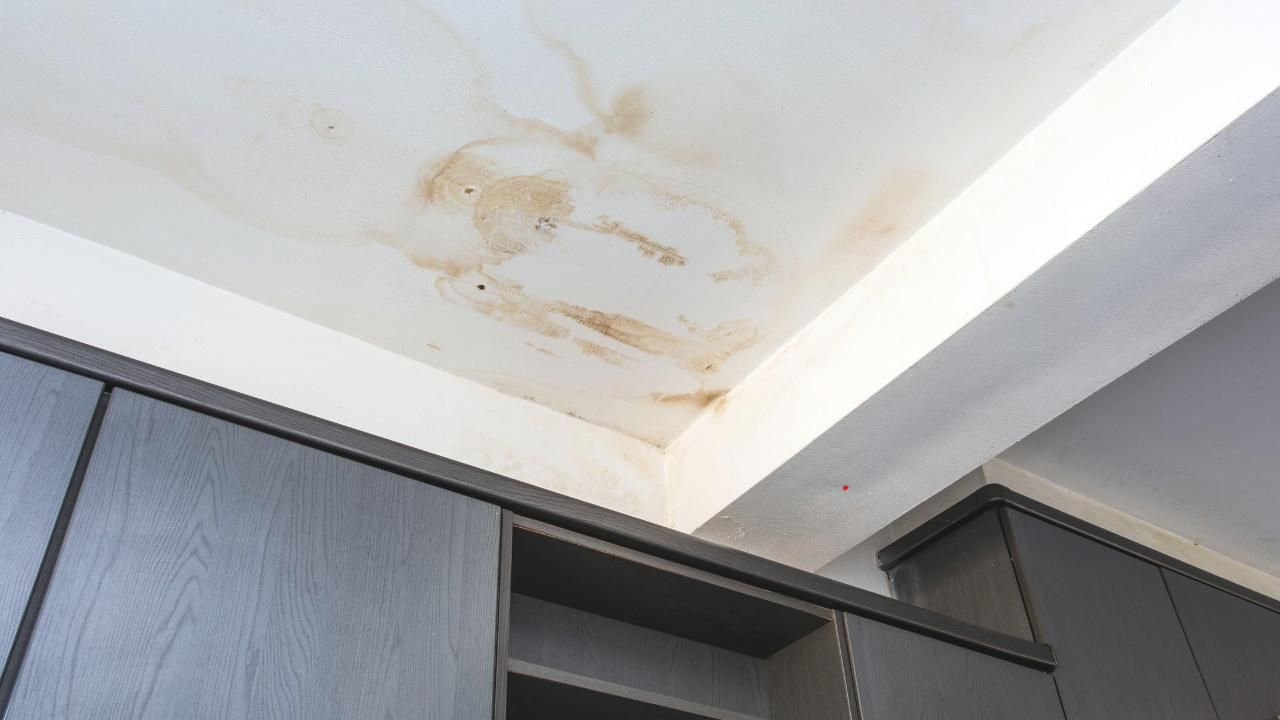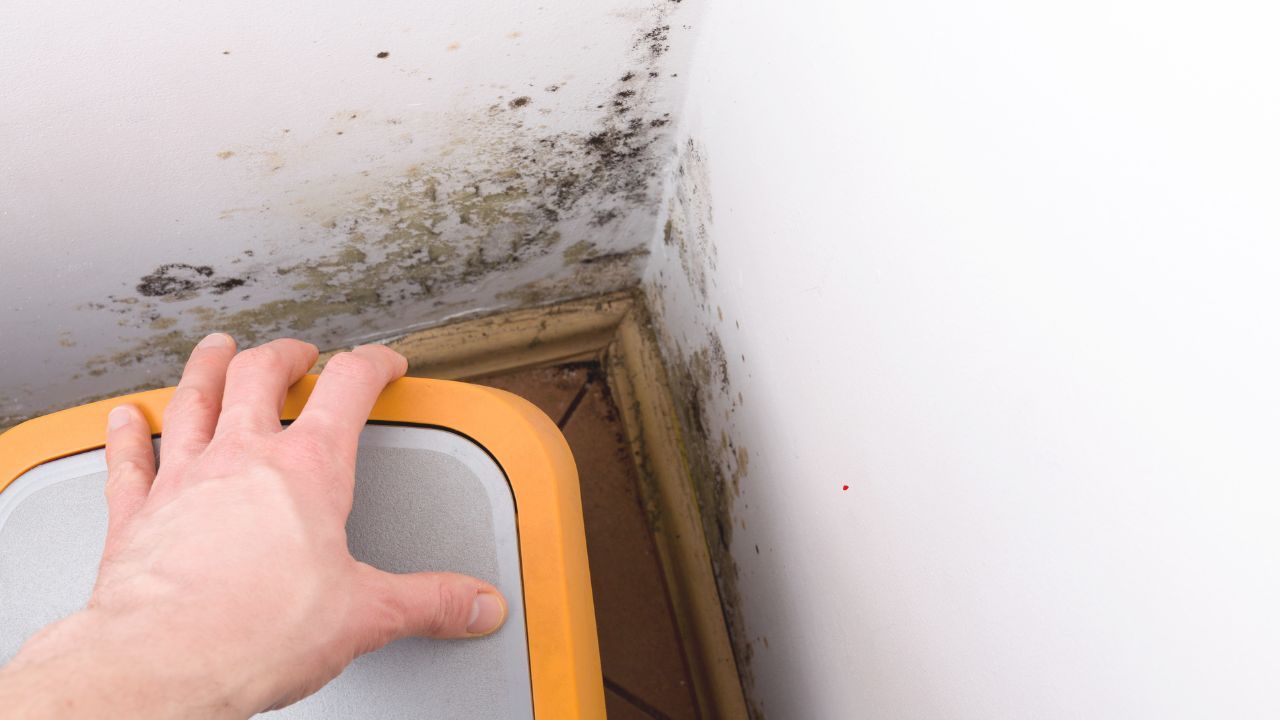How to Prevent Mold Growth in Your Dryer Vent System

If your laundry room smells musty or your clothes come out of the dryer damp and funky, mold might be the hidden culprit. While we often worry about mold in bathrooms or basements, your dryer vent system can be just as vulnerable—and just as dangerous when ignored.
In this article, we’ll walk you through why mold forms in dryer vents, what you can do to stop it, and how to keep your system running clean, safe, and efficient.
Why Mold Grows in Dryer Vents
Dryer vents are warm, moist, and often dark—the perfect breeding ground for mold. Add in lint buildup and restricted airflow, and you’ve got a recipe for microbial growth. Here’s what commonly leads to mold issues:
- Poor airflow: A clogged vent traps humid air, letting moisture linger in the duct.
- Long or bent vent routes: These reduce efficiency and cause more moisture to stay behind.
- Lack of regular cleaning: Lint buildup holds moisture and gives mold something to grow on.
Left unchecked, mold in your dryer vent doesn’t just smell bad. It can reduce dryer efficiency, spike your energy bills, and even pose health risks—especially for people with allergies or respiratory issues.
Warning Signs You Might Have Mold
Mold can be sneaky, but there are some telltale signs to watch out for:
- Musty odor when running the dryer
- Clothes that stay damp or take longer to dry
- Visible lint clumps that look discolored or damp
- Condensation or rust on or around the dryer vent
If you spot any of these signs, it’s time to act fast before a small issue turns into a costly repair—or a health hazard.
5 Easy Ways to Prevent Mold in Your Dryer Vent
The good news? Preventing mold is easier (and cheaper) than removing it. Here's how you can stay ahead of the problem:
1. Clean the Lint Trap After Every Load
This one’s simple but often overlooked. A clogged lint trap reduces airflow, forcing moist air into the vent system. Make it a habit to clean it after every drying cycle.
2. Schedule Annual Dryer Vent Cleaning
Professional cleaning clears out lint, debris, and hidden moisture traps. For example, Eco Kauai Services offers expert
dryer vent cleaning in Kaua’i, Hi, helping homeowners eliminate buildup before it becomes a mold magnet.
3. Use Rigid or Semi-Rigid Vent Ducts
Flexible plastic ducts are more prone to kinks and lint accumulation. Upgrading to a rigid metal duct allows air to flow more freely and reduces places for moisture to hide.
4. Keep the Area Around Your Dryer Dry
Leaks from washers or nearby pipes can add humidity. Use a dehumidifier in the laundry room if needed and wipe up any standing water promptly.
5. Install a Vent Cover Outside
An exterior vent flap prevents rain, pests, and humidity from entering the system. Just make sure it opens freely and isn’t blocked by lint or debris.
Case Study: Mold Mess Averted
A homeowner in Lihue noticed their clothes weren’t drying properly and there was a persistent mildew odor in their laundry room. They contacted Eco Kauai Services, who performed a full dryer vent inspection and cleaning. It turned out their vent was nearly 80% clogged with damp lint. After a professional cleaning and replacing the outdated vent duct, airflow improved, energy bills dropped, and the mold smell disappeared completely.
Don’t Wait for a Musty Wake-Up Call
Mold in your dryer vent system doesn’t announce itself until the damage is done. Preventing it takes just a little proactive care—like routine cleanings and watching for signs of trouble. If you suspect mold might already be present, it’s smart to call in professionals who specialize in mold remediation services in Kaua’i, Hi to safely remove it.
Ready to breathe easier and dry smarter? Schedule a dryer vent inspection today.




